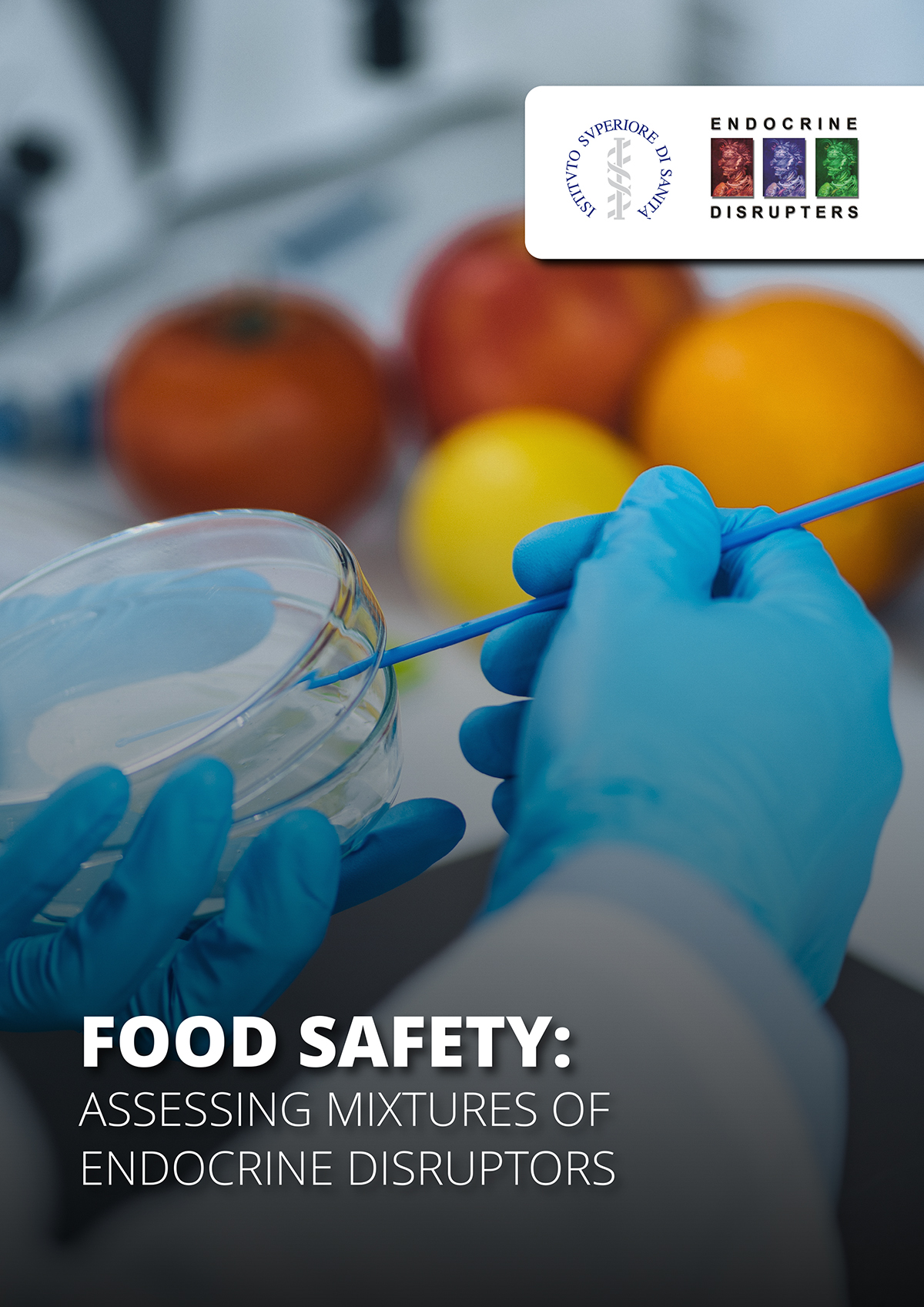Here, Alberto Mantovani from Istituto Superiore di Sanità, Roma, Italy, discusses an aspect of food safety that concerns assessing mixtures of endocrine disruptors
Firstly, what are Endocrine disruptors (ED)? They are chemicals that can interfere with the functioning of endocrine systems.
In a time of extreme alert about public health, scientists and policy-makers are constantly looking for impediments to the concept of the populations’ immune system. It is now that concerns about diabetes or other comorbidities for COVID death are being taken with more seriousness.
But when it comes to discussing EDs in general, it is the more distinct examples that remain in public memory – for instance, the amount of mercury consumed by humans as a result of consuming various fish is an ED. But flashes of awareness surrounding issues like this rarely highlight the overall system of potential harm.
According to Mantovani, Endocrine disruptors (ED) may be present individually at low levels in our diet and living environment.
He asks: “But what about the concurrent presence of multiple EDs? And through a common route of exposure? And with common modes of action or targets?”
When it comes to these questions, there are only concerning answers.
Mantovani further explains that these concerns should be woven into the fabric of daily existence – how we make decisions, and how risk assessments are carried out.
While the levels of mercury in fish are an existing issue, another is pesticides.
For many pesticides, toxicity mechanisms (different from pesticidal action) are poorly defined; meanwhile, a substance may interfere with iodine transport and/or with synthesis and/or transport and/or metabolism of thyroid hormones, all these pathways eventually leading to hypothyroidism.
There are a thousand ideas flitting around online about the negative potential of pesticides, but here, a scientific expert dissects the truth from the misinformation. Here, he further proposes ways that EDs can be understood, signposted and avoided to elevate public health.


